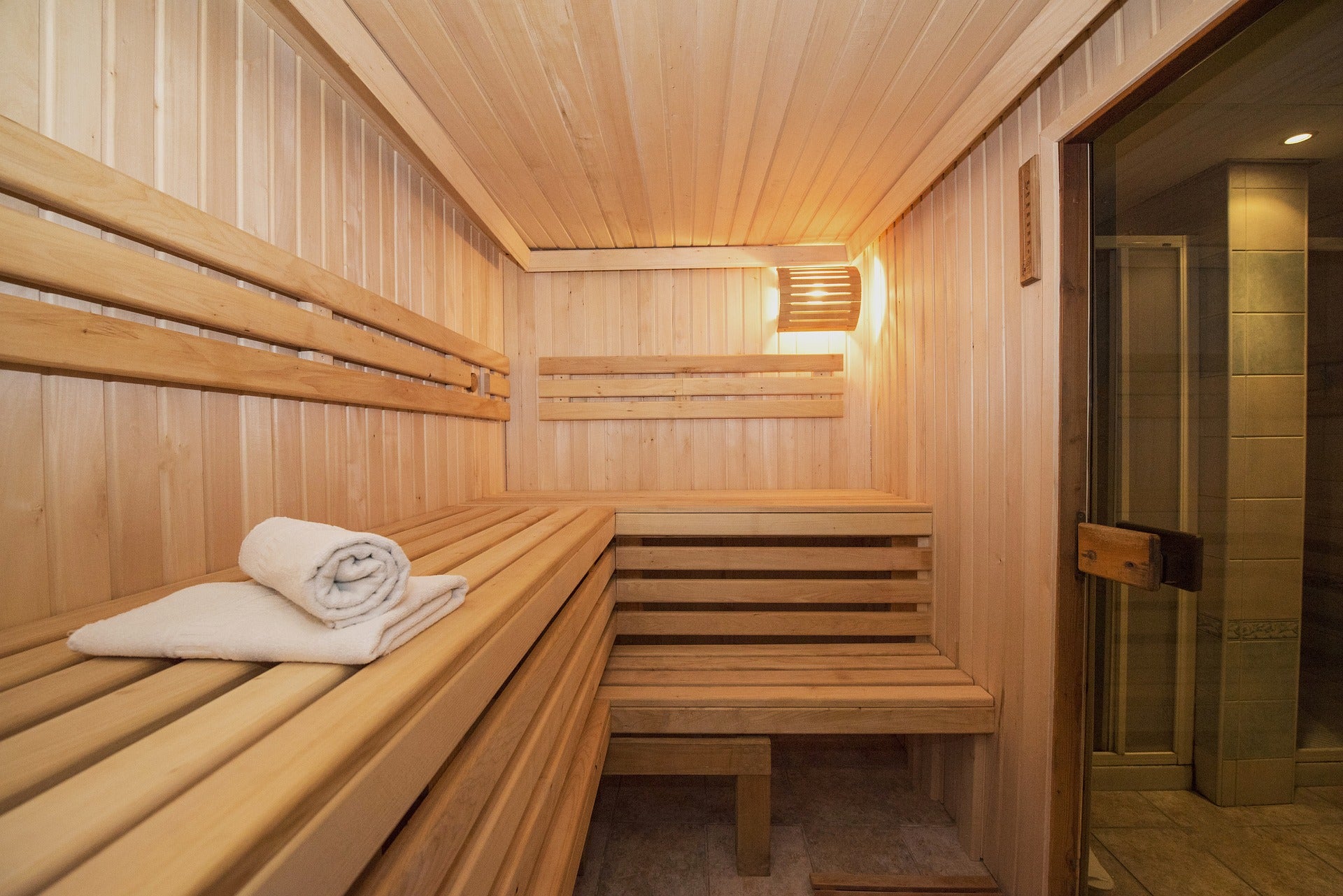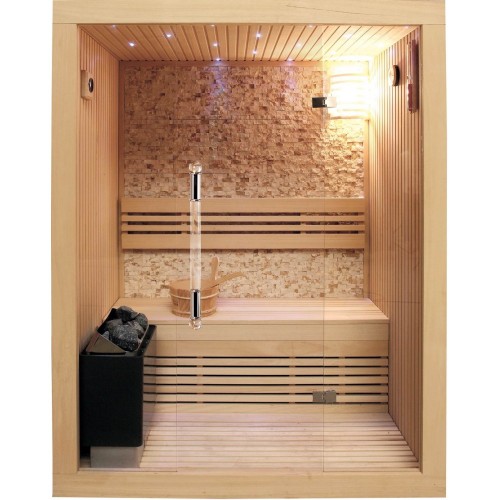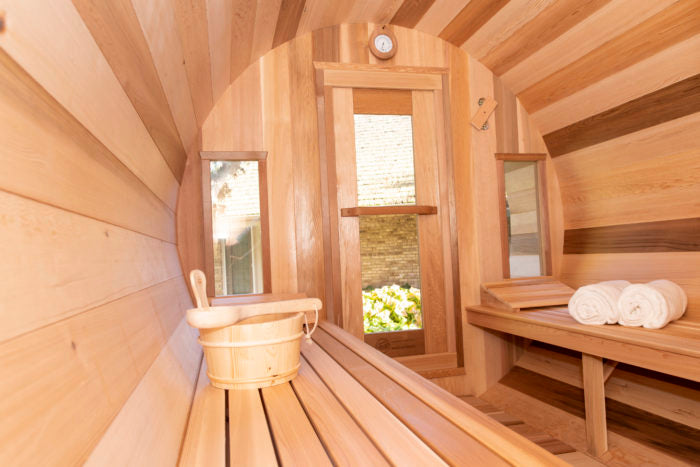Some Known Details About Traditional Sauna
Some Known Details About Traditional Sauna
Blog Article
Examine This Report on Traditional Sauna
Table of ContentsRumored Buzz on Traditional SaunaIndicators on Traditional Sauna You Need To KnowTraditional Sauna for DummiesExamine This Report about Traditional SaunaTraditional Sauna Fundamentals Explained
The majority of the weight shed in a sauna is water loss and is re-gained upon rehydrating. Without an uncertainty sauna can be an essential part of a healthy weight loss program. To look at the differences between conventional and IR saunas, I will separate these right into verifiable, theoretical, and made differences.Therefore, the most popular point in the saunawhich goes to the ceiling directly over the sauna heateris generally in between 185 and 190 F. Claims that a standard sauna goes beyond 200 F is just not true and not appropriate for electric saunas marketed in the United States. The temperature for a far-infrared sauna is typically set between 120 and 140 F; nevertheless, unlike the standard sauna, the goal in and IR area is not to achieve a high temperature.
As a result of this, the temperature difference is almost irrelevant, since extreme sweating leads to both sauna types, but the method of heating the body is different. In an IR sauna the bather will really feel hot and will certainly sweat a lot, but at much reduced temperature levels (Traditional Sauna). Hence, if the goal is to invest longer amount of times in the sauna, the IR sauna is a good option
When a conventional sauna has actually been correctly heated up, the sauna wall surfaces are cozy, the air temperature has accomplished set temperature and the rocks are very heated. As an intriguing side note, the heated wall surfaces and the rocks are giving off far-infrared heat, integrated with the warmed air, to create an "enveloping heat".
A Biased View of Traditional Sauna

When the high temperature is attained, the elements cycle on and off to keep the heat. Many conventional sauna customers enjoy putting water over the rocks to produce steam to elevate sauna moisture levels. The benefits of putting water over the rocks include: making the room a lot more comfortable, dampening the nasal flows, and enabling the use of aromatherapy by mixing vital oils with the water.

When the energy goes into the body, it causes the body temperature level to increase and inevitably results in sweating. In an infrared sauna it is essential for the emitters/heaters try this to continue to be on nearly continuously. Considering that there is no mass of rocks to retain warm, the sauna will cool down if the emitters shut down.
As pointed out above, the sauna bather in an infrared space wishes to position himself before operating emitters to obtain maximum advantage from the warmth. The heating time for both more helpful hints spaces can be really different, relying on just how the areas are used. For a standard sauna, a bather needs to permit 30-40 minutes for the space to accomplish a wanted temperature level and to effectively pre-heat the rocks.
The 45-Second Trick For Traditional Sauna
A well built sauna will commonly accomplish a temperature of 150-160 F in regarding 30-40 minutes. For hotter temperatures, the room might require to warm for a longer period.

Traditional saunas often tend to be larger (therefore utilize even more electrical energy) than infrared saunas, although standard saunas are absolutely readily available in one and two person dimensions. For a two-person traditional sauna, 5x6 or 5x7 dimension is most preferred. The leading bench can comfortably seat two or three people and is likewise long sufficient to lie down during the sauna session.
The Best Strategy To Use For Traditional Sauna
The typical price per kWH of electricity in the U.S. is about $0.11, so a 4.5 kW heater will cost roughly $.50 to compete one hour, if the heating unit runs constantly for one hour. Typically a sauna heating unit will certainly compete 75% of the initial hour and 50% of subsequent hours on given that the elements cycle once the set temperature is accomplished.

There is a hardly ever talked about difference in the social experience in between the two areas. While our culture has actually shed some of the social benefit of the typical sauna experience, it can be extremely socially rewarding (Traditional Sauna). From family members time in the sauna, to heart-felt conversations with significant others, to sauna partiesthe typical sauna experience can bring about intimate mingling
Traditional Sauna for Dummies
The majority of higher end infrared spaces include tinted light treatment, sound systems and full-glass fronts.
Report this page